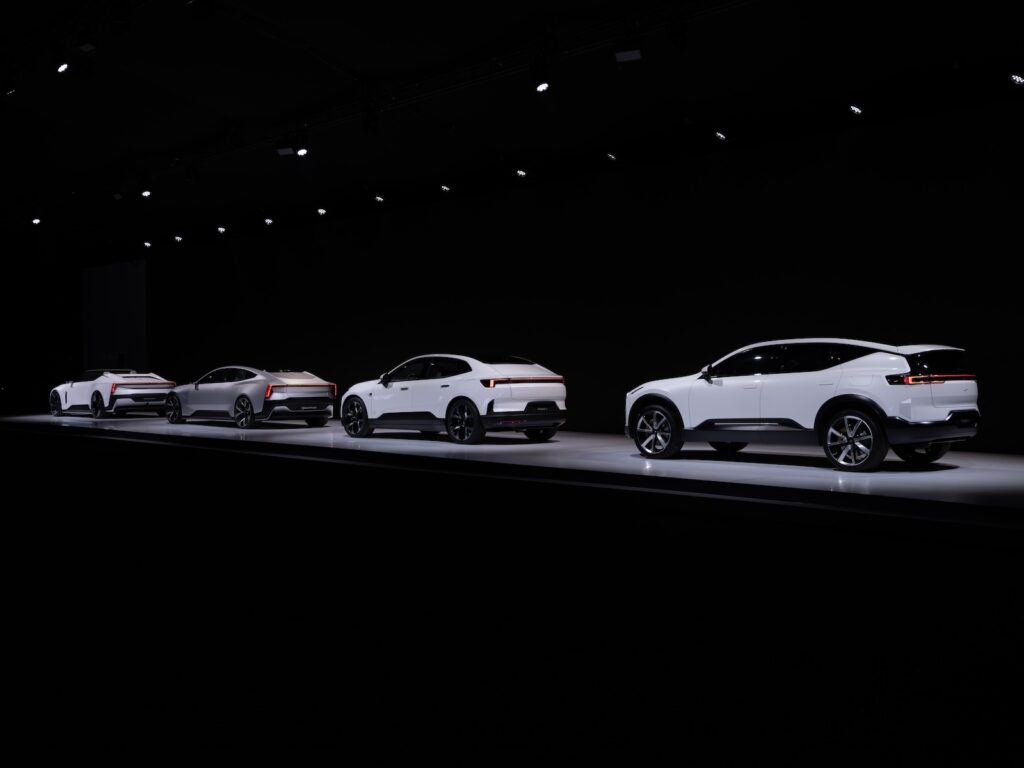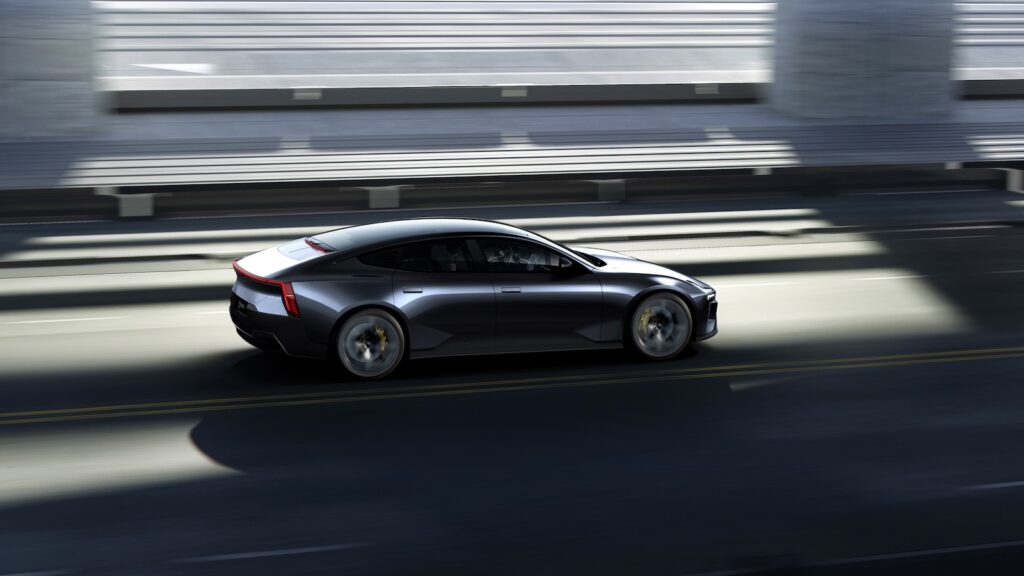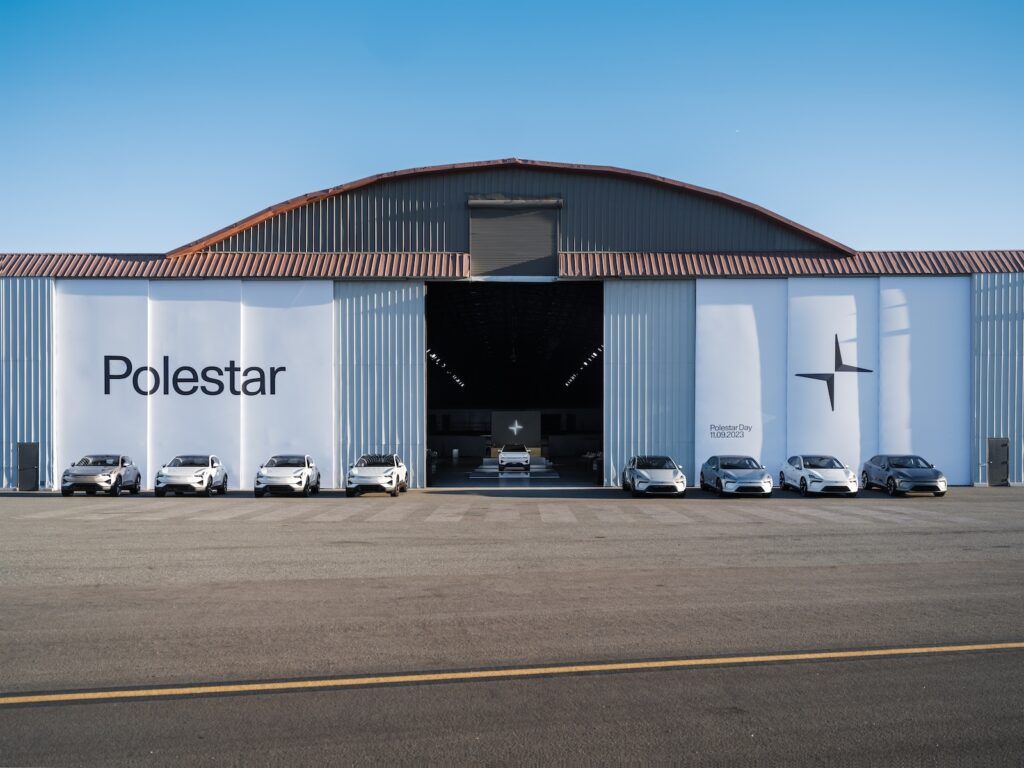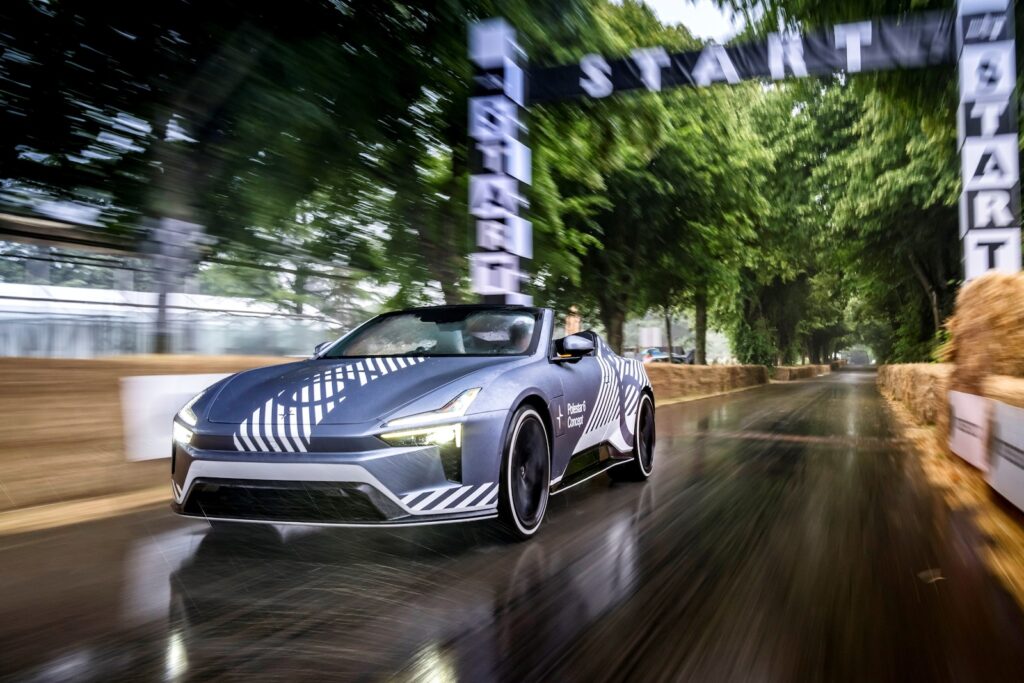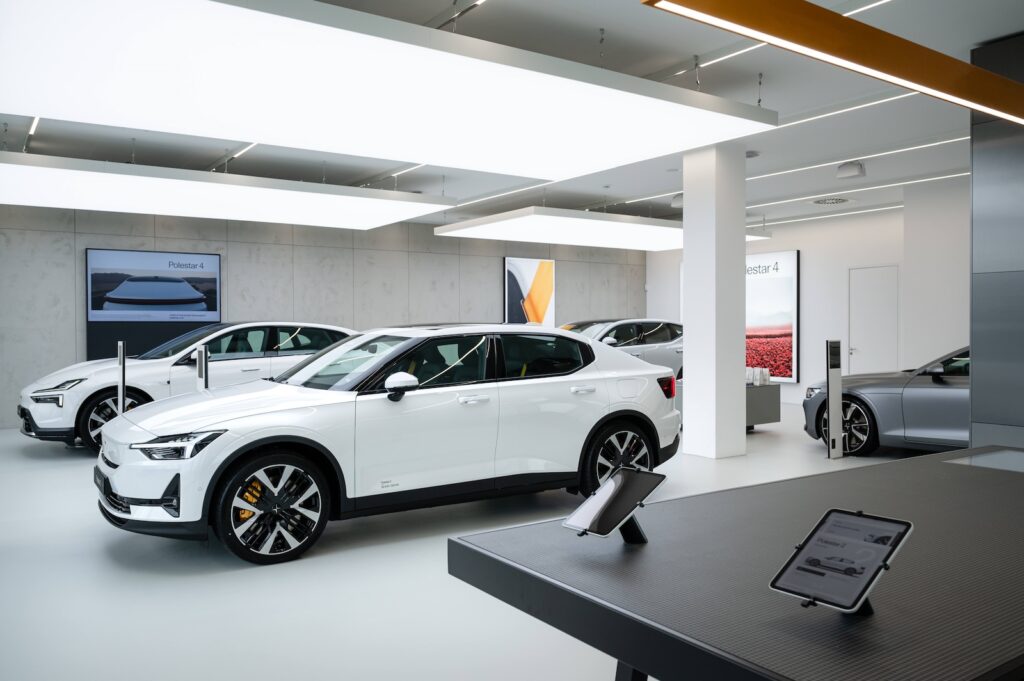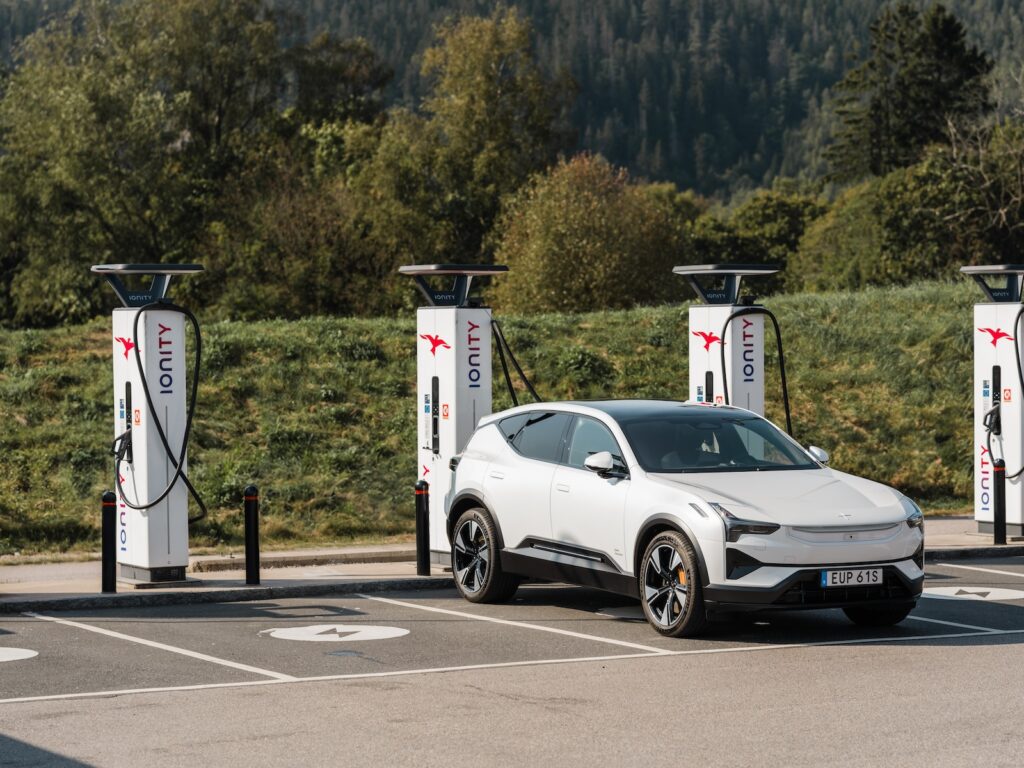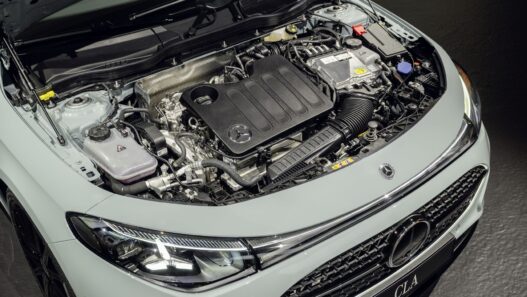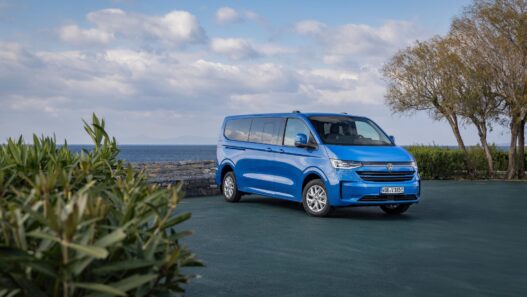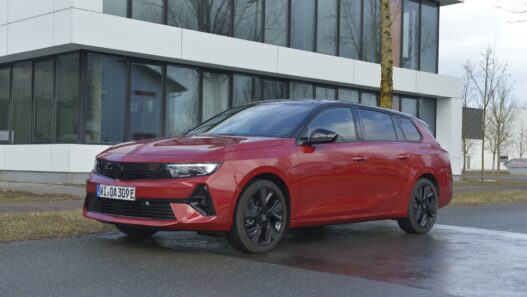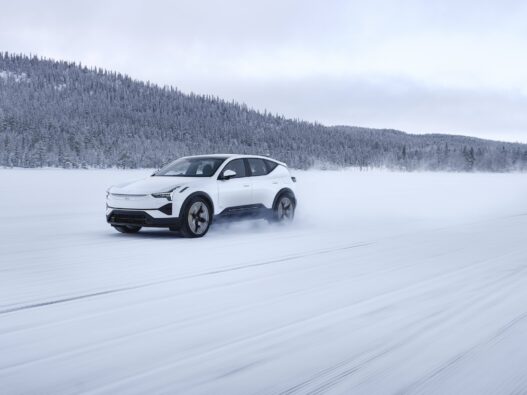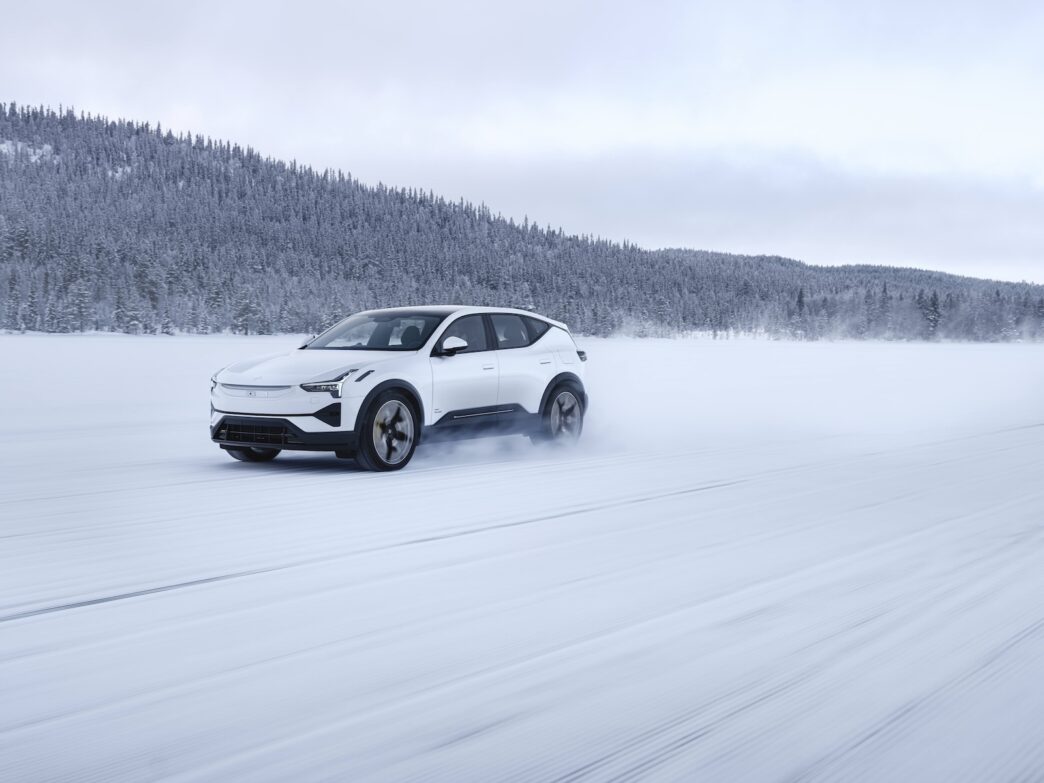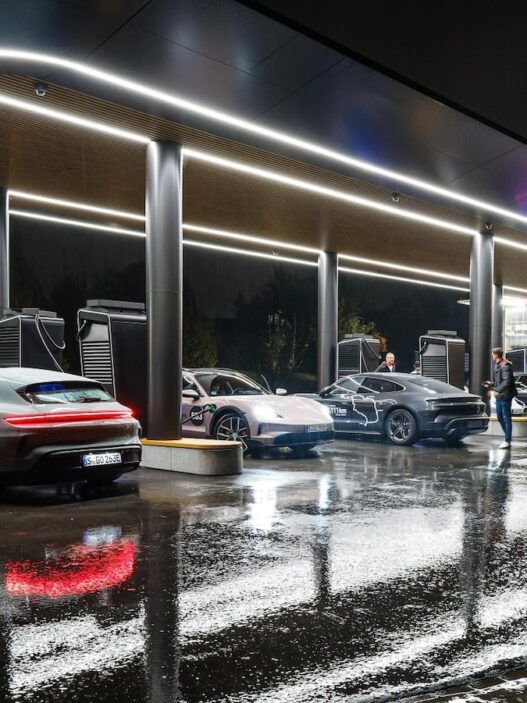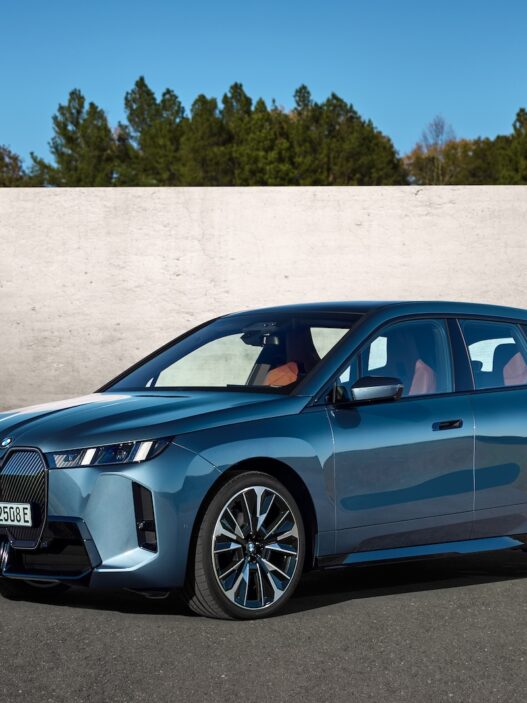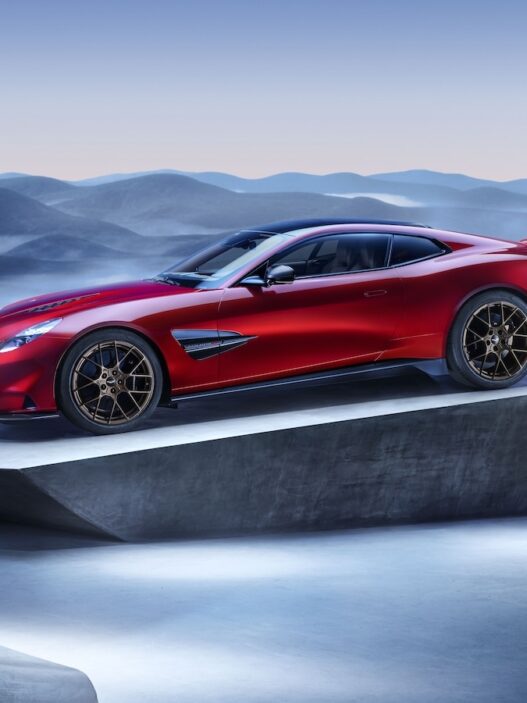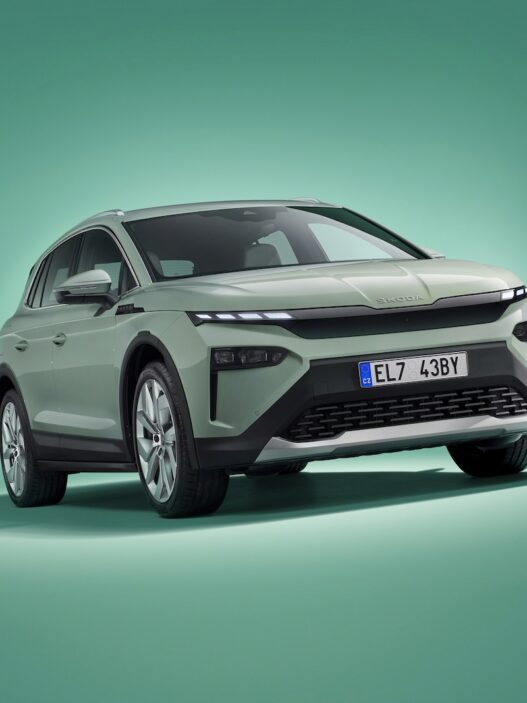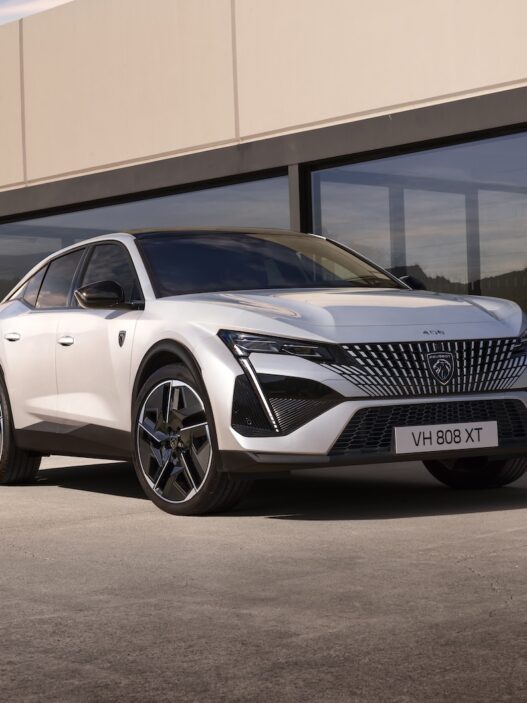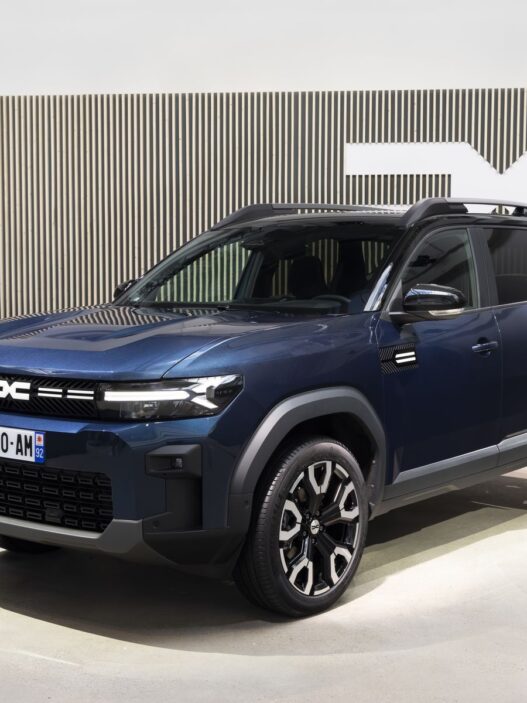It’s not the products, design, or image holding Polestar back. Despite its trendy appeal and backing from the powerful Geely Group, the electric car brand has underperformed. Enter new CEO Michael Lohscheller, who’s set to change that.
A Rocky Start
The early days of Polestar were anything but smooth. Some might argue it wasn’t the best idea to kickstart the electric journey in 2020 with a sedan. The Polestar 1, initially conceived as a powerful Volvo coupe, launched in 2018 as a 600 PS plug-in hybrid. However, it failed to electrify the market in the way Polestar had hoped. The sleek Polestar 2 followed, but this sporty midsize sedan only managed to garner limited excitement – and wallets – from potential EV buyers.
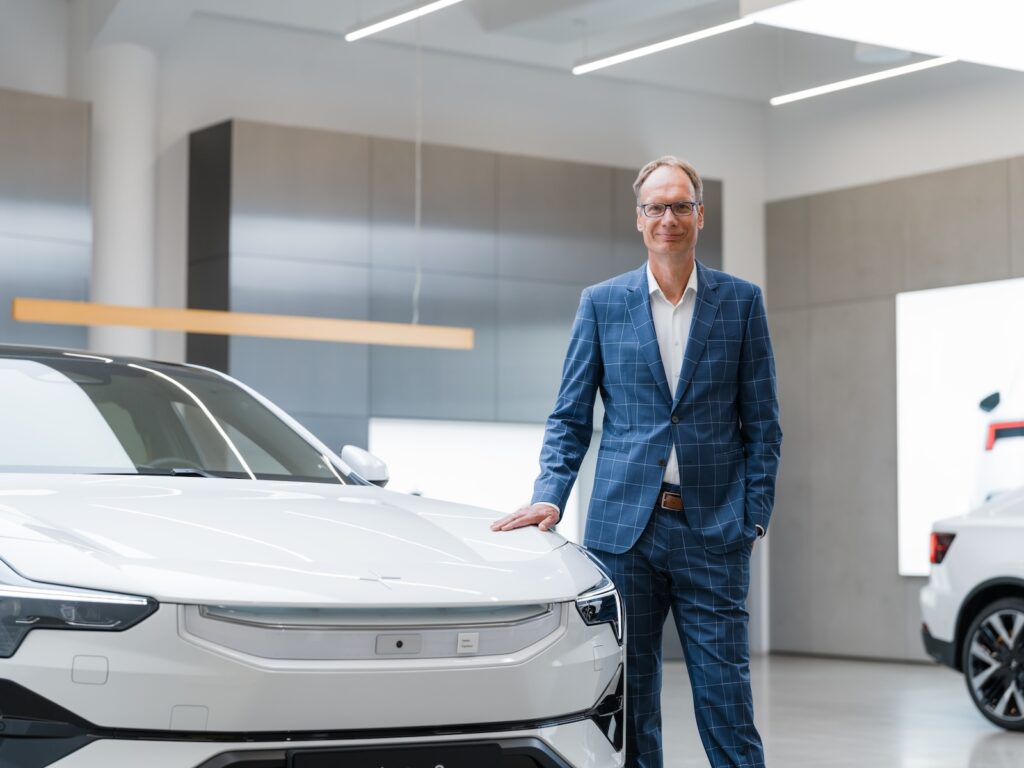
Now, with considerable delays, the Polestar 3 and Polestar 4 are finally hitting international markets. Adding momentum is a refreshed leadership team, featuring industry veterans well-known in Germany. Michael Lohscheller, who has held top roles at Opel, Nikola, and Vinfast, aims to steer the company toward its ambitious goals. Meanwhile, the new design chief, Philipp Römers, brings expertise from his tenure at Audi. Together, they inherit a strong design legacy, thanks to Maximilian Missoni, who recently departed for BMW but solidified Polestar’s reputation as a design-forward brand.
Where Things Fell Short
Despite undeniable strengths in design, technology, and quality, Polestar has struggled to deliver on sales and revenue targets. That’s set to change this year as the brand introduces new models, including the Polestar 5 – a high-profile but low-volume four-seat grand tourer. Built on a custom aluminum platform with cutting-edge 800-volt charging technology, it aims to compete with heavyweights like the Porsche Taycan, Audi E-Tron GT, and Lotus Emeya.
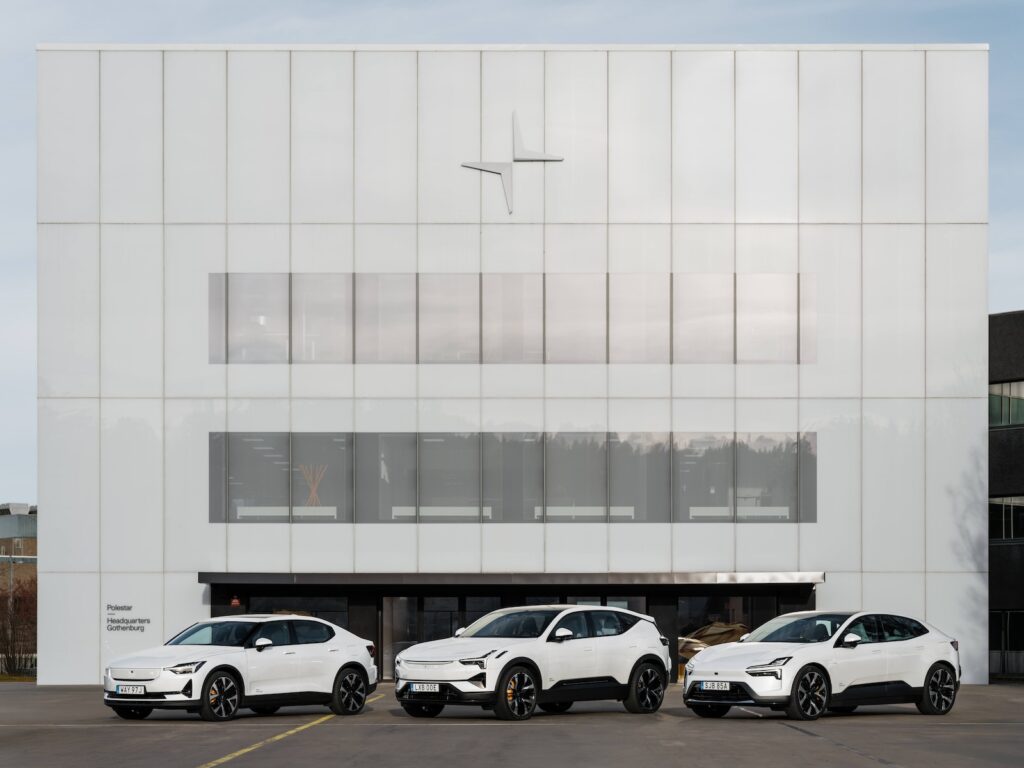
Even more crucial to Polestar’s future, however, is the Polestar 7. This compact premium SUV, slated for European production, marks a strategic shift. Currently, Polestar’s lineup is manufactured in the U.S., China, and South Korea.
Ambitious Plans Under New Leadership
CEO Michael Lohscheller is candid about the challenges ahead. “We’re building on Polestar’s strong brand identity, which centers on design and performance. However, significant changes are required to transform this admired brand into a successful, future-ready company,” he states. Key strategies include accelerating retail expansion, optimizing the model lineup, and drastically cutting costs.
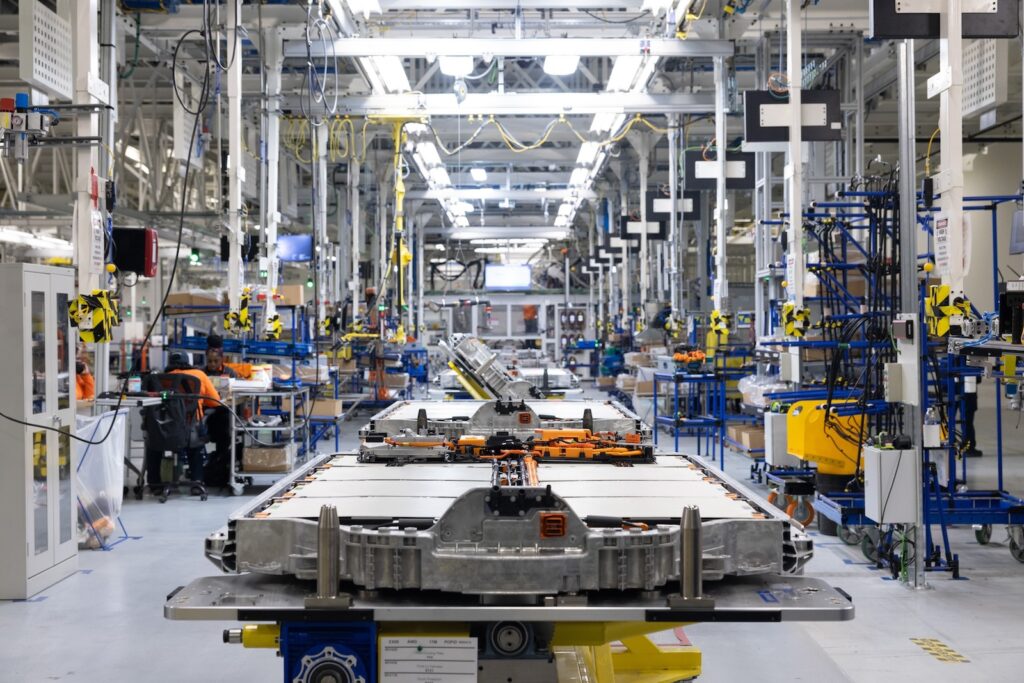
The adjusted roadmap targets an annual retail volume growth of 30–35% over the next three years. By 2025, Polestar aims to turn a profit – a milestone that will reassure parent company Geely.
Polestar: Backing from the Geely Group
Polestar’s journey is closely tied to the Geely Holding Group, which also owns brands like Volvo, Lotus, Zeekr, and Lynk & Co. Geely CEO Daniel Donghui Li reaffirmed the parent company’s commitment: “Geely will continue to support Polestar’s strategic development and work closely to secure additional funding.
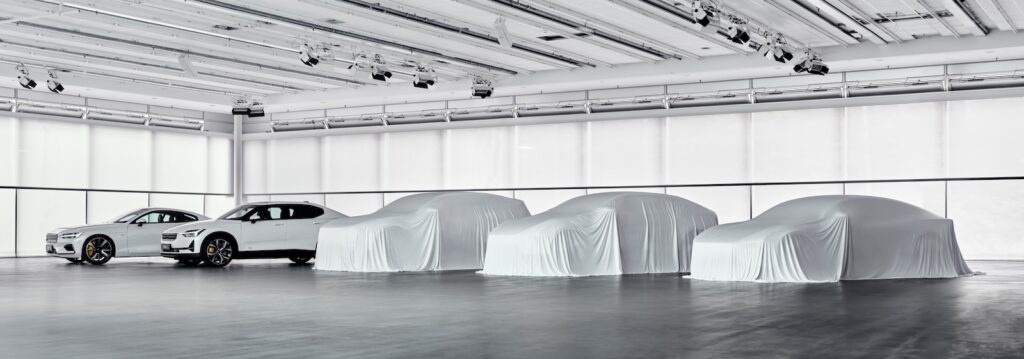
Polestar remains a valuable global asset, and the new leadership team is taking the right steps to make it a successful global business.”
Beyond Cars: Alternative Revenue Streams
Polestar doesn’t just plan to rely on vehicle sales to fill its coffers. Like Tesla, the brand is eyeing revenue from CO2 credits. As demand for EVs slows and legacy automakers struggle to meet emissions targets, Polestar expects to earn hundreds of millions annually from participating in a European CO2 pool alongside four other manufacturers. Expanded retail locations will also play a role, with a 75% increase in outlets planned by the end of 2026.
Final Thoughts
Polestar is gearing up for a pivotal moment in its history. With an ambitious product lineup, a clear growth strategy, and seasoned leadership, the brand is determined to meet its potential. 2025 could very well mark the start of Polestar’s true rise as a global EV powerhouse.
